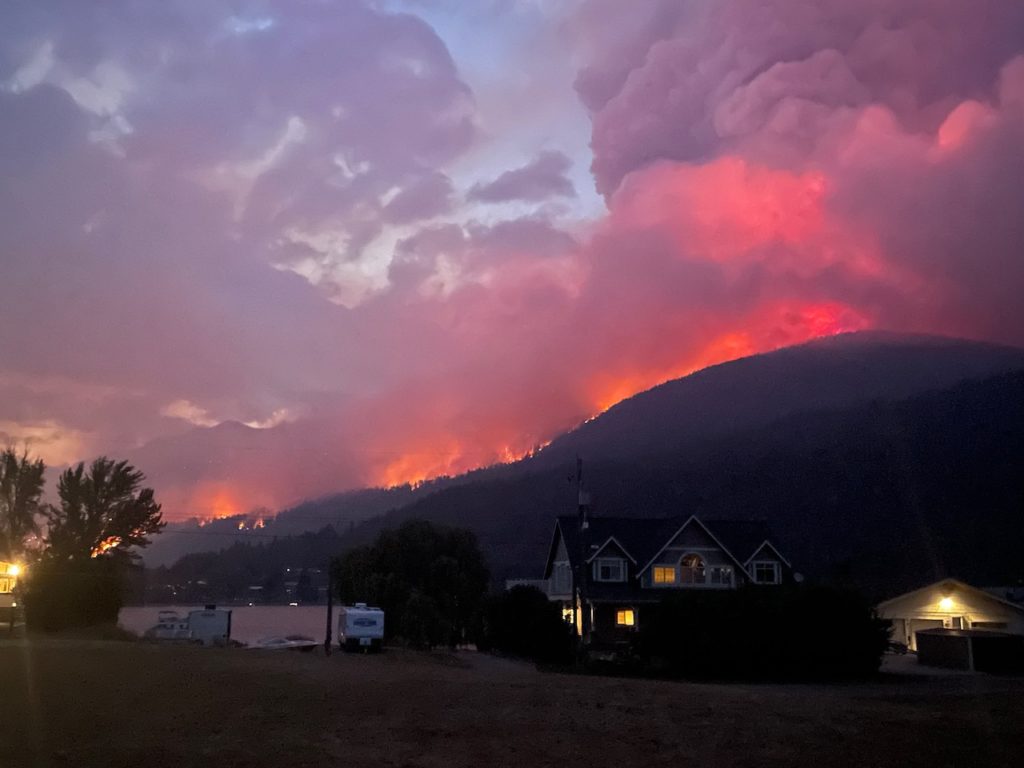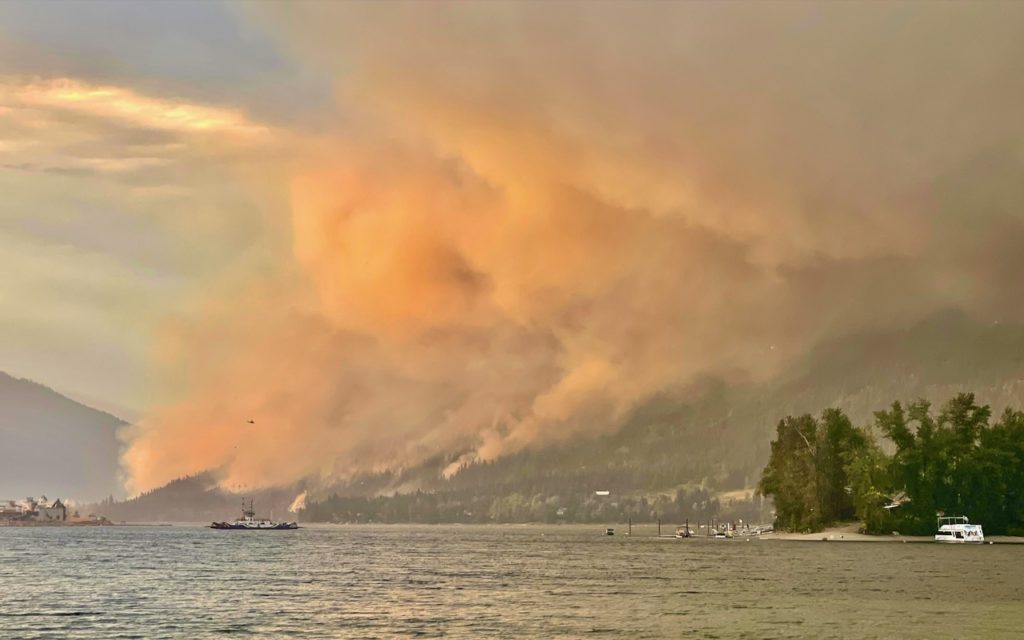
The saying “time heals all wounds” may apply to the Shuswap, but only if one measured time in terms of centuries. Yet, that healing process will depend upon favourable weather and growing conditions to allow for natural processes to restore the landscape. Unfortunately, human caused climate disruption has likely already passed the tipping point and we will be facing more hot, dry summers including this year; thus, today’s damage may only be a harbinger for what the future may bring.
When one reviews the daily CSRD news updates from last summer that were relaying the information provided by the BC Wildfire Service (BCWS) in an attempt to understand what went wrong with the effort to control the East Adams Lake wildfire, it is apparent that suppression efforts were minimal. The reporting began on July 20th, eight days after lightning sparked fires on both the east and west sides of the lake. Prior to the 20th, the only information available comes from Adams Lake residents and forestry professionals.
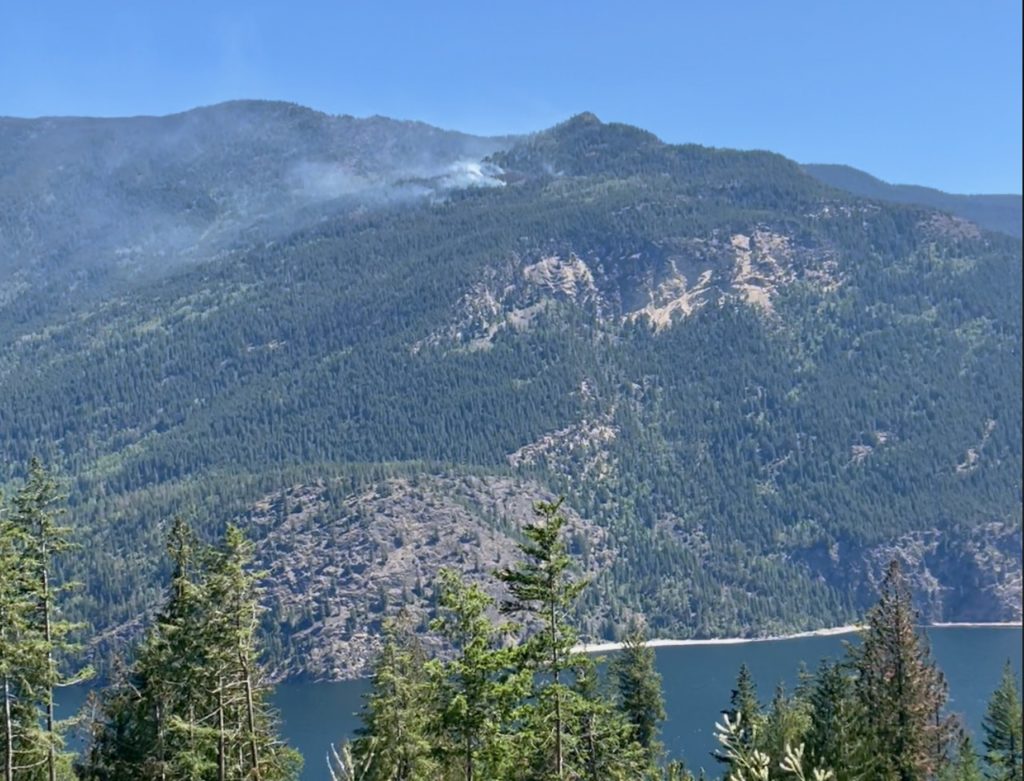
During the first few days when the fire was small, a rapattack crew came in by helicopter to action the fire. They called for back-up with water, and this was not provided, so they had to be pulled out. On July 16th, one Canadair CL-215T scooper plane made several passes over the blaze, dropping 5455 litres of water with each pass. This dampened the fire but did not extinguish it out. Why the plane was only used for a short time is unknown, but no doubt it was needed elsewhere.
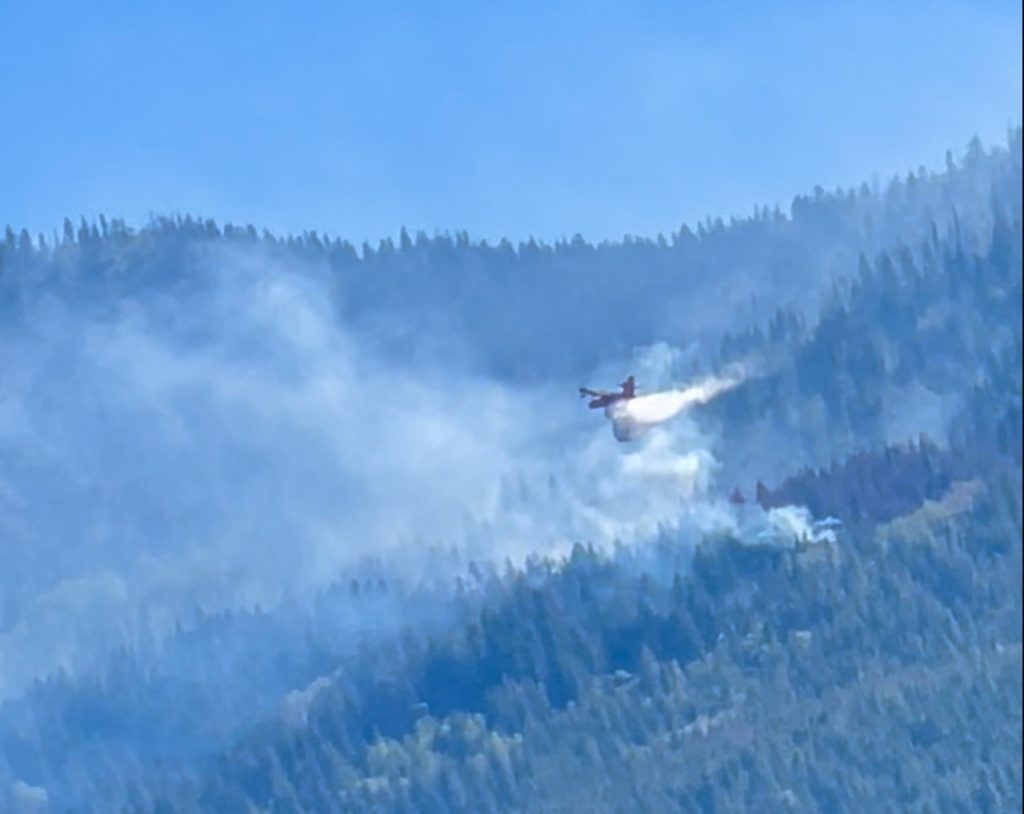
Aircraft alone cannot douse wildfires, but according to the BCWS, because the fire was burning in steep terrain, it was unsafe for ground crews. Helicopters were being used along the south flank of the fire to help reduce the spread of the blaze towards the lakeside community. There are many problems with bucketing water on fires, including that nearly half of the water evaporates from the heat, it is difficult for the water to penetrate the canopy to reach the fire on the ground, and helicopters are slow, with mostly small buckets.
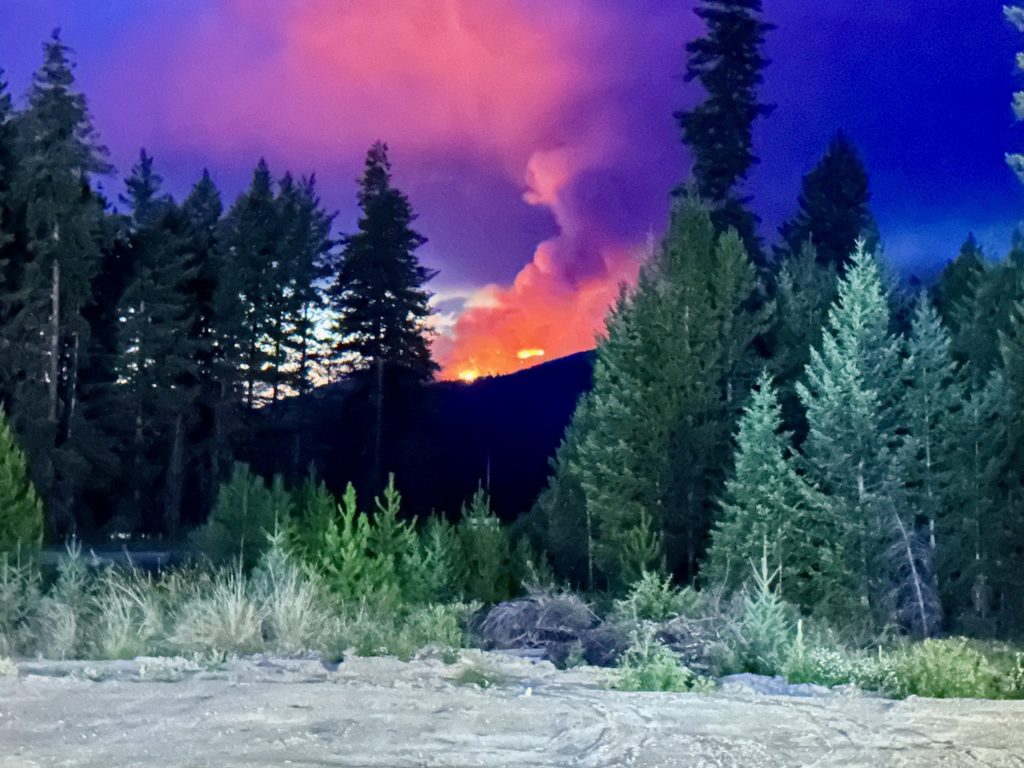
The fire began to grow significantly one week after it began and by July 21st, it was estimated at 219 hectares. An evacuation alert was issued on July 20th, but the community was reassured with news that the fire was growing to the north. On July 23rd the fire grew substantially to 1,786 hectares, and it was reported to be creeping downslope towards structures, yet because of the steep terrain, there were no personnel on the ground.
The following day as the fire grew to 2,000 ha, a CSRD structural protection unit (SPU) was brought in and BCWS assigned an Incident Management Team to assume command of the firefighting effort. More SPUs were brought into the community on July 28th, as helicopter bucketing continued to prevent the fire from moving downslope towards the community and to the east.
On July 31st, BCWS moved the SPUs out because they were needed to protect structures at the Osoyoos and Ross Moore Lake fires and on the following day they lifted the evacuation alert for the southern half of the community. On the morning of August 2nd, BCWS released their fire growth projection based on computer modeling that claimed that it was unlikely the fire would get withing 1.5 km of the community and when smoke was seen at 4:30 pm they issued another update that said the fire posed no threat.
Within a short time, the BCWS had to scramble, as the fire was quickly descending to the lake and quickly issued evacuation orders. Residents had to defy the orders and were forced to utilize their own water systems to protect their homes. Soon helicopters, planes, CSRD first responders and BCWS crews were fighting the blaze. Fortunately, the weather assisted, and winds shifted. Thankfully, no homes were lost that evening as residents and firefighters worked long into the night.
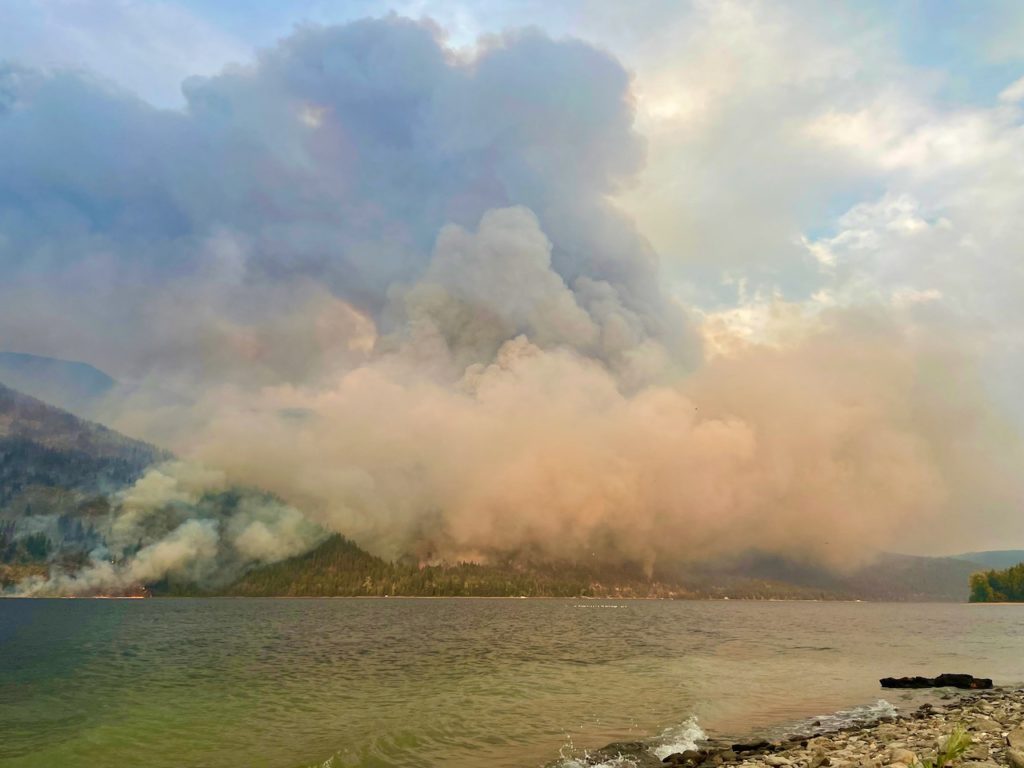
Despite the limited amount of information available about the early days of the Adams Lake wildfire, it is apparent that the fire was allowed to grow due to a lack of effective action and limited resources available during the first few days. Once a wildfire grows to over a thousand hectares, it becomes nearly impossible to control during hot, dry summers, especially when the fuel loads are high. We can only hope that wildfires are put out on day one this year, even if they are many kilometres away from communities.

